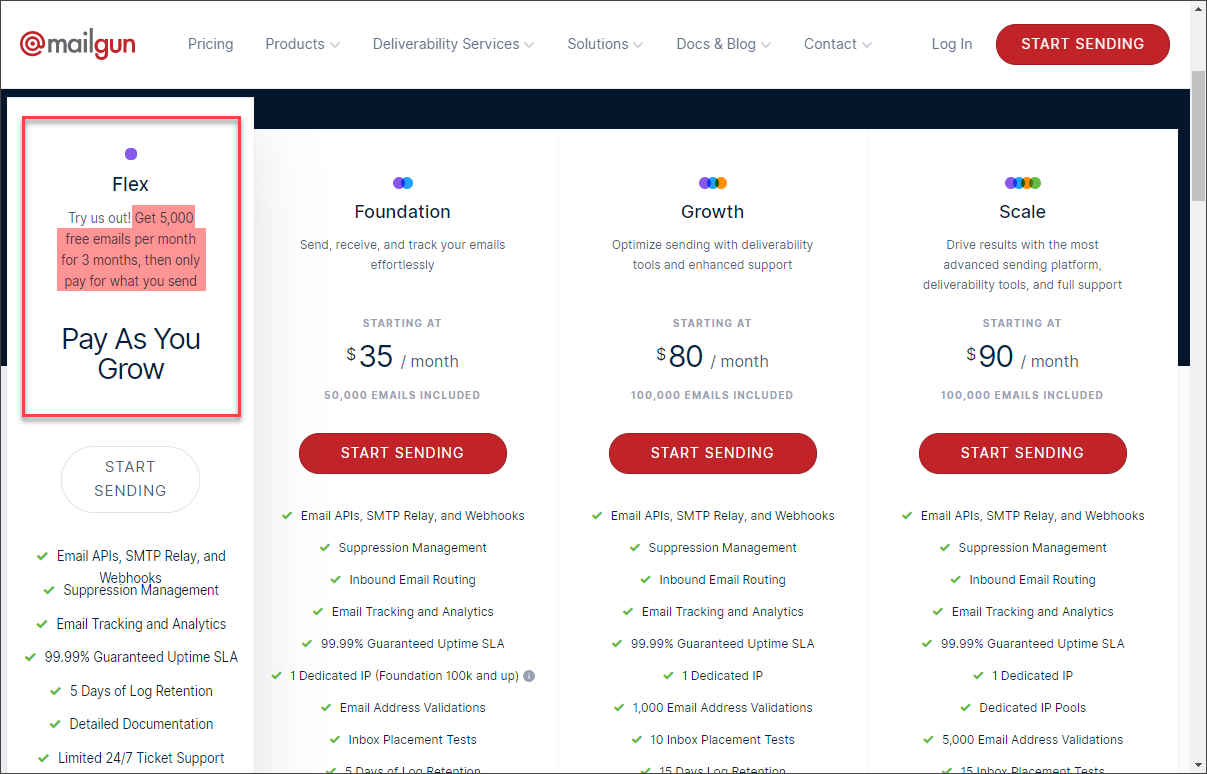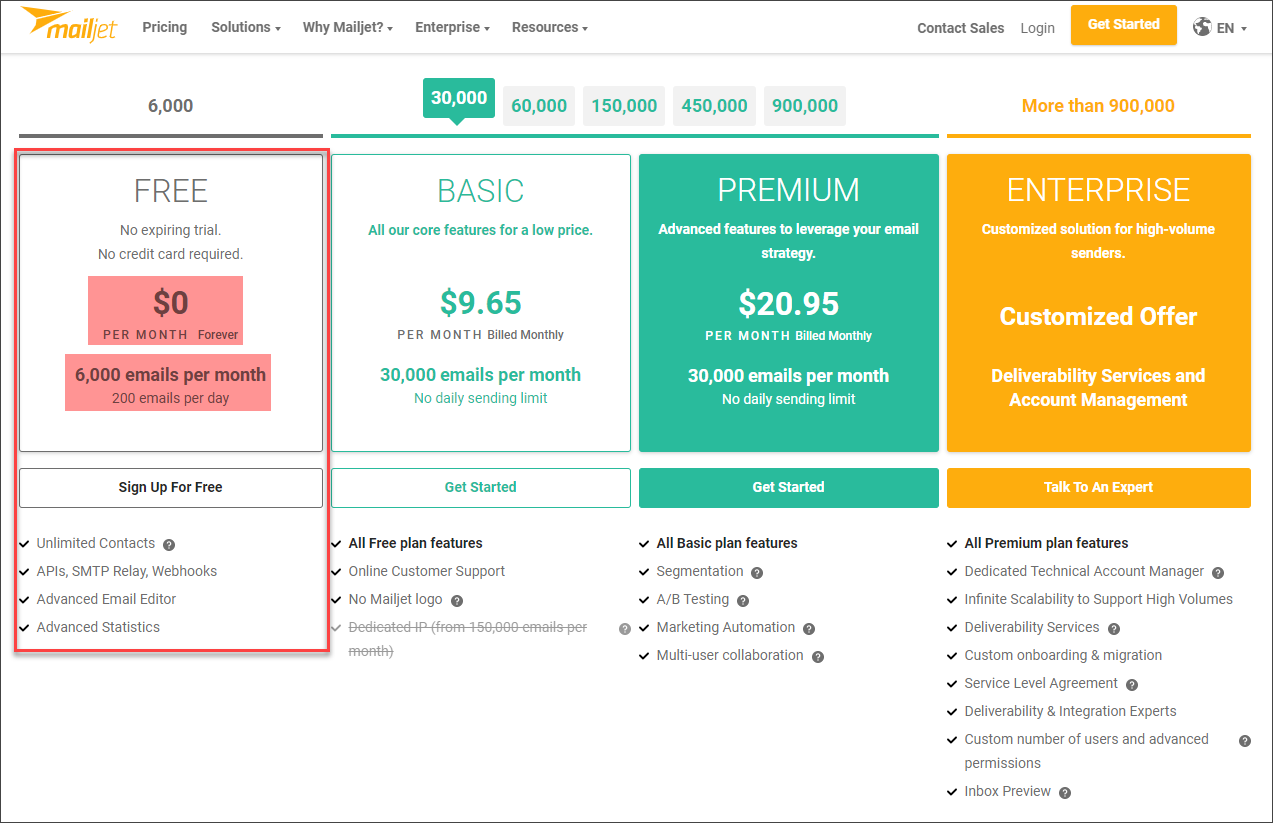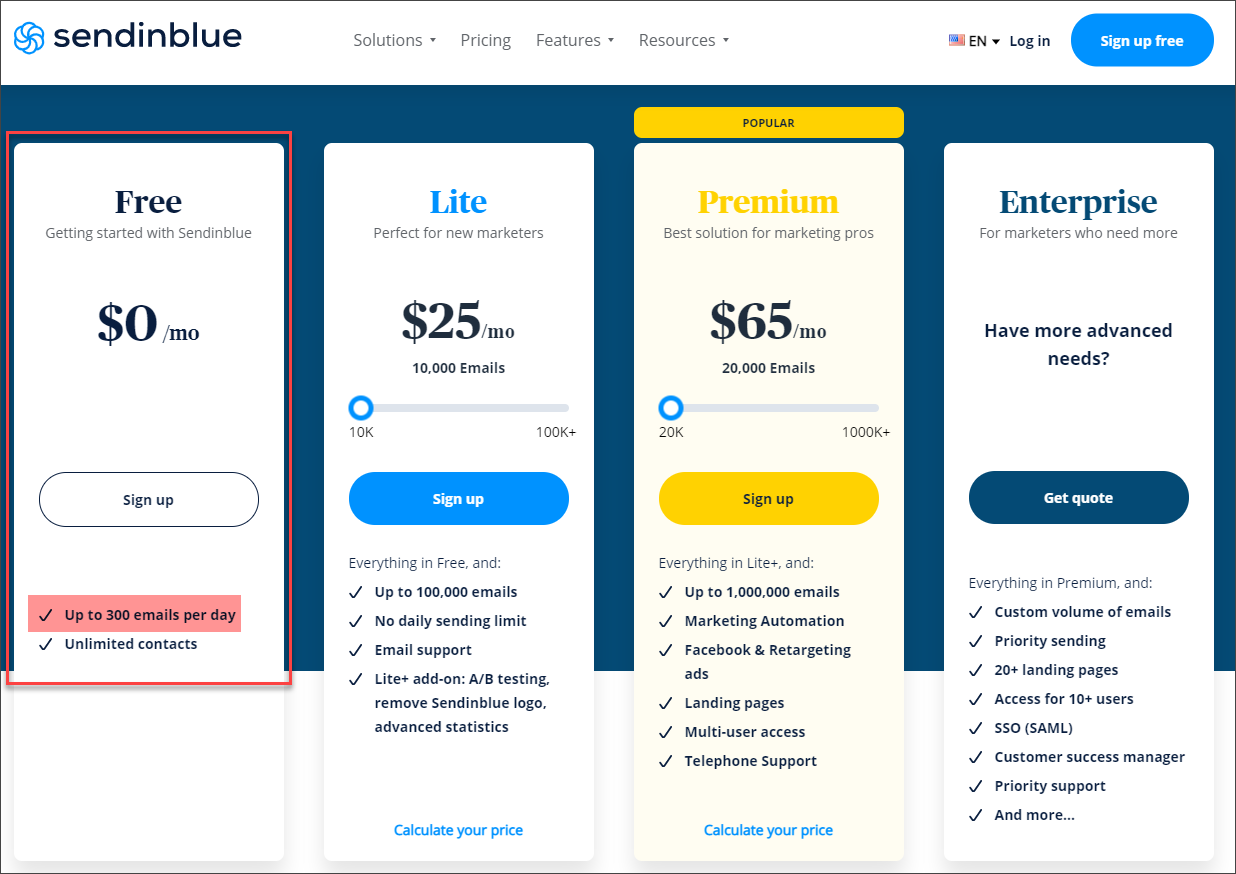Do you need to deploy/test scripts or applications in Azure that need to send emails? If you haven’t figured it out yet, let me tell you now – there is no native Azure email service that exists. Don’t worry, though; you’re not necessarily in trouble.
Your go-to solution would be to use a third-party SMTP relay or smart host. But you cannot use just any smart host; it has to be one that supports TLS and port numbers other than port 25. The reason to avoid using port 25 is that Microsoft has banned outbound SMTP communication from Azure.
In this article, you’ll learn about some of the most popular hosted email delivery service solutions you can explore as an Azure email service.
FYI: This post has affiliate links. If you click on and purchase any of these services, ATA gets a small cut.
Third-Party Azure Email Service Options
Several Azure email service alternatives are available. There is not one right way to decide which email service to choose. But, the deciding factors mostly revolve around reliability, security, and cost.
Understandably, not all email services in existence can be covered in this article. The list below shows the email services that offer free plans so that you may test and use them before deciding to possibly upgrade or subscribe to a paid plan.
- SendGrid
- MailGun
- Mailjet
- SendInBlue
- SocketLabs
Note that there are generally two means of using these services: SMTP relay or Email API. SMTP relay means using an SMTP server address and a port number. On the other hand, Email API requires you to integrate the service into your code and communicate using HTTP.
Related: Send-MailMessage: The PowerShell Way to Send Email
As you further explore these different email services, you may notice that most are geared towards marketing campaigns and newsletters. But, that doesn’t mean you cannot use their services for any purposes other than marketing.
SendGrid (Free, Paid)
Perhaps what makes SendGrid stand out from the rest is that it can be deployed from the Azure Portal. You can find SendGrid as a resource from the Microsoft Azure Marketplace. SendGrid has several plans to choose from, such as Bronze, Silver, Gold, Platinum, Premier, and Premier Volume.
Note: The SendGrid free-tier in Azure is no longer available to select as of this writing. However, the SendGrid free plan is still available directly from the SendGrid website but with a much lower daily email count allowance.
Refer to the image below for the list of SendGrid plans as shown in the Azure.

Azure users are allowed to create up to two SendGrid accounts per Azure subscription. And once the SendGrid account is created, you can choose whether to use the email service as SMTP relay or Email API.
If you create a SendGrid account outside of Azure and directly from the SendGrid website, the available plans are as shown in the image below.

In summary, using SendGrid as Azure Email Service gives you:
- If SendGrid is deployed from Azure, there is no free plan. The cheapest paid plan (Bronze) starts with 40,000 emails per month with a $9.95 per month fee.
- If the SendGrid account is created from the SendGrid website, there is a free plan which allows 100 emails per day – perpetually (or until the offering changes).
- SMTP relay with TLS Ports 25, 587, and 2525.
- Email API integration.
- Secured account using SendGrid API Key / Password.
Related: How to Send Email Securely with PowerShell
MailGun (Free Trial, Paid)
Another Azure email service option is MailGun. MailGun provides access to SMTP relay and Email API as well, so you can use the service either as a smart host or incorporate it into your code.
MailGun also throws in email tracking and analytics features. Moreover, MailGun guarantees 99.99% uptime service-level agreement (SLA) – talk about reliability!
Sounds great, right? You may be thinking that there must be a catch. Yes, there is. The Flex (Pay As You Grow) plan allows only up to 5000 emails per month for the first three months. After you’re three months are up, you’ll need to start paying up.
The image below shows the MailGun pricing plan table taken from their website.

In summary, using MailGun as Azure Email Service gives you:
- Trial plan with 5,000 emails allowance per month for the first three months.
- SMTP relay with TLS Ports 25, 465, 587, and 2525.
- Email API integration.
- Secured account using API Key / SMTP credentials.
MailJet (Free, Paid)
Another cloud-based Azure email service option is MailJet. This third-party email service is also aimed at email marketing campaigns and transactional emails. But, it also offers SMTP relay and Email API capabilities.
MailJet offers a non-expiring free plan with a generous 6,000 free emails allowed per month. However, the free allocation comes with a sending limit of 200 emails per day only. When you sign up, you don’t even need to give your credit card details.
If needed, more paid plans with fewer restrictions and higher monthly limits are available. The paid plans start at 30,000 emails per month with no daily sending limit.
Below is the screenshot of the different MailJet pricing plans that shows their features and capabilities.

In summary, using MailJet as Azure Email Service gives you:
- Non-expiring free plan with 6,000 emails allowance per month with a daily sending limit of 200 emails.
- SMTP relay with TLS Ports 25, 465, 587, 588, and 2525.
- Email API integration.
- Secured account using API Key / SMTP credentials.
SendInBlue (Free, Paid)
When it comes to the free SMTP relay service battle, SendInBlue does not get left behind in terms of features. When you sign up for the free plan, you get a daily limit of 300 emails sent for an indefinite period – all you need is an email address.
Apart from the SMTP relay service, you also get the Email API feature to integrate into your code or app to access the same benefits. Their SMTP relay endpoint automatically directs your SMTP connections to the best performing servers in your region.
Even with the free plan, you get the core features such as email tracking, analytics, and reporting capabilities. Refer to the SendInBlue pricing webpage for more details, but the image below captures each plan’s base.

If you’d like to check out SendInBlue, check out their offerings here.
In summary, using SendInBlue as Azure Email Service gives you:
- Non-expiring free plan with a 300 email daily sending limit.
- SMTP relay with TLS Port 587.
- Email API integration.
- Secured account using API Key / SMTP credentials.
SocketLabs (Free, Paid)
Who claims to be the “#1 Best email delivery service” (according to their website) is SocketLabs. SocketLabs offer a free plan that gives you 40,000 emails sent for the first month. Then, in the succeeding months, you get 2,000 emails sent per month limit.
You can use SocketLabs as an SMTP relay through port 2525, or you can use its Email API in your code. It also comes with similar features as the previous ones in this article, such as email tracking, analytics, and data center redundancy.
As expected, access to the SMTP service is also secured with API Key or SMTP Credentials so that only authorized clients or app can use the email service. You can check out the SocketLabs pricing page for more information. Or you may refer to the screenshot below for the available plans.

In summary, using SocketLabs as Azure Email Service gives you:
- A free plan with 40,000 emails sent for the first month and 2,000 emails per month after.
- SMTP relay with TLS Port 2525.
- Email API integration.
- Secured account using API Key / SMTP credentials.
Office 365 SMTP Authenticated Relay
Yes, Office 365 is not free. But, if you already have Microsoft 365 or Exchange Online, you could use the SMTP relay feature that comes with it.
To use the Office 365 SMTP Auth relay as an Azure email service, you need to know these conditions.
- The account used to authenticate to the SMTP service must have an Exchange Online license.
- You can use different email addresses as senders, but the authenticated account must have “Send As” permission for those mailboxes. Shared mailboxes (no license) can be used as senders.
- Microsoft 365 or Office 365 imposes a limit of 30 messages sent per minute and a limit of 10,000 recipients per day.
- SMTP relay with TLS Port 587.
Using this setup, you may not have to worry about updating your domain’s Sender Policy Framework DNS record (SPF) and DomainKeys Identified Mail (DKIM) configuration.
Related: How to Send Email with Office 365 Direct Send and PowerShell
Conclusion
Even without a native Azure email service and outbound SMTP via port 25 blocked by default, apps and servers can take advantage of free but excellent SMTP relay and Email API solutions.
Each email delivery service has its own sets of features and limitations. Which one should you choose? Only after exploring and testing each can you make an informed decision about which service works best for you.



